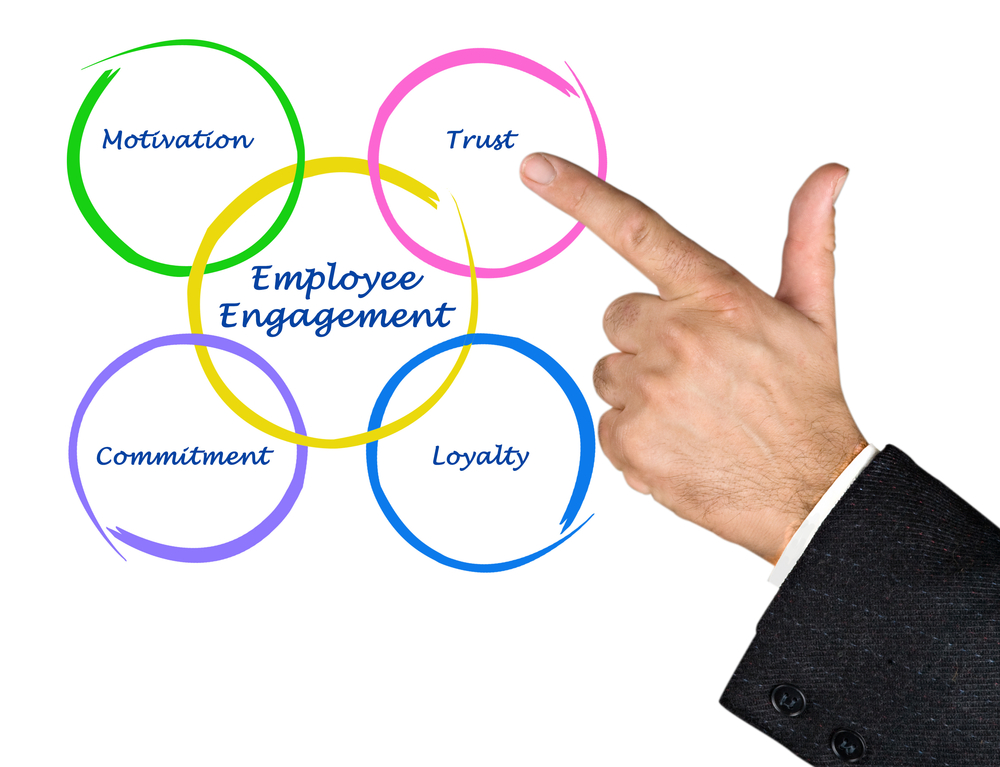Employee engagement means a workforce who are involved, committed to the job and the company, and enthusiastic about work. A high level of engagement by employees correlates to increased productivity and profitability, and excellent customer service.
But engagement is elusive, difficult to measure, and even more difficult to encourage. The qualities that seem to impact employee engagement are not typical motivators: more money and benefits alone do not stimulate long-term employee engagement.
A new generation of employees looks for values in a company that are aligned with ideas of corporate social responsibility, transparency, and diversity and inclusion. When these values are a part of the culture of the workplace, and not used as merely window-dressing, employee engagement is highest.
These are top-down values, and leadership who are strongly engaged can impact employee engagement across the organization. Additionally, employees value having the tools they need to do the work, and a corporate culture that focuses on productivity. A system mired in bureaucracy and paperwork can have a negative impact on employee engagement.
Employees also look for opportunities to grow and develop skills and learning. A company that provides in-house training and mentoring, as well as supports education through matching tuition or time off for classes will encourage engagement.
Taking the pulse of a large organization is a way leaders can stay on top of changing circumstance. Rather than relying strictly on managers to report issues with communication and culture, taking frequent, short pulse surveys, actively engaging with employee feedback, and acting to resolve problems quickly will improve employee engagement. And communication works both ways. People want to know what’s going on with their company, and they want to rely on timely, factual information, rather than rumor, when change is in the air.
When leadership focuses on developing a corporate culture based on values of social responsibility, transparency, and diversity and inclusion, the workplace responds with increased engagement.

